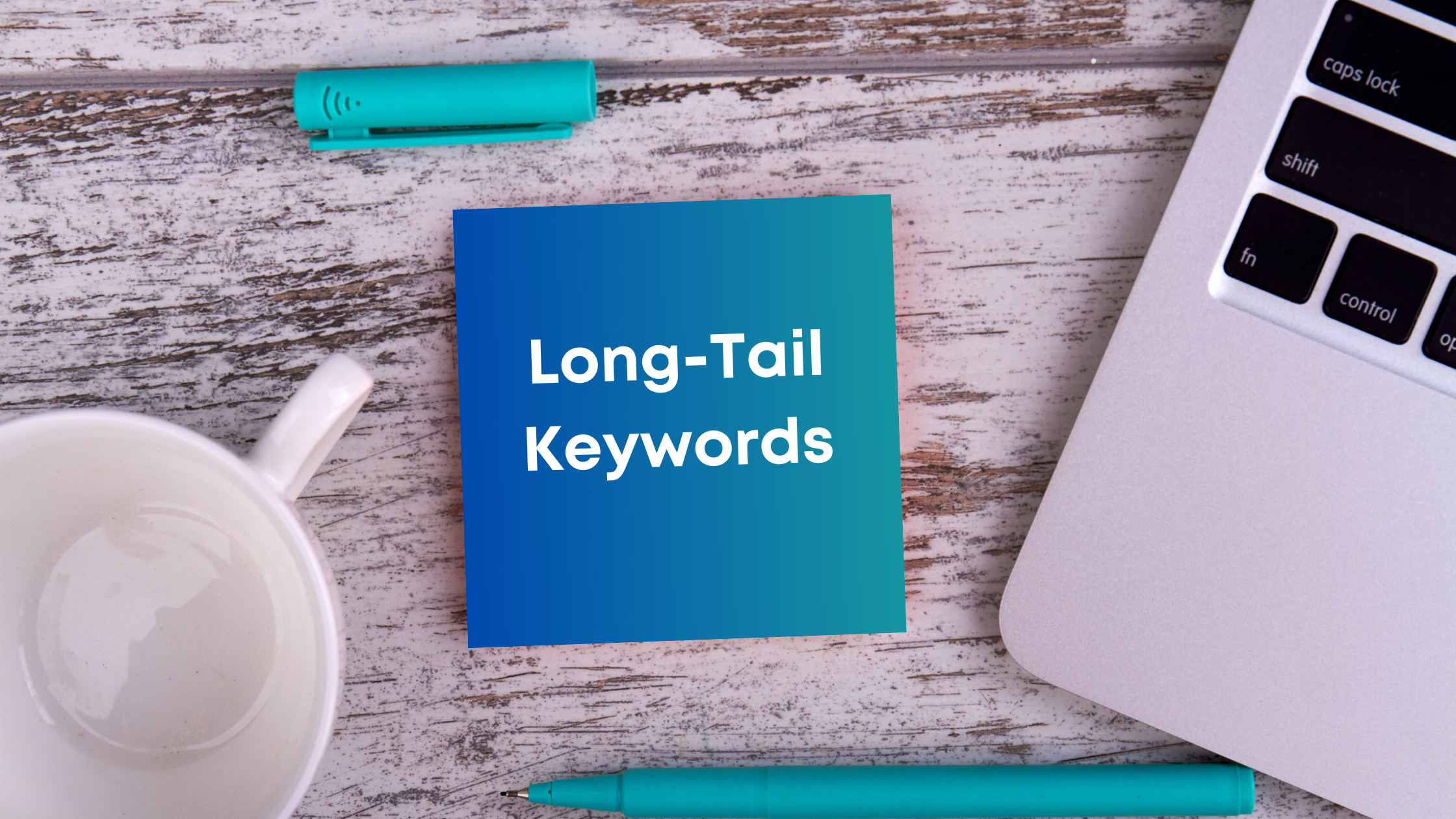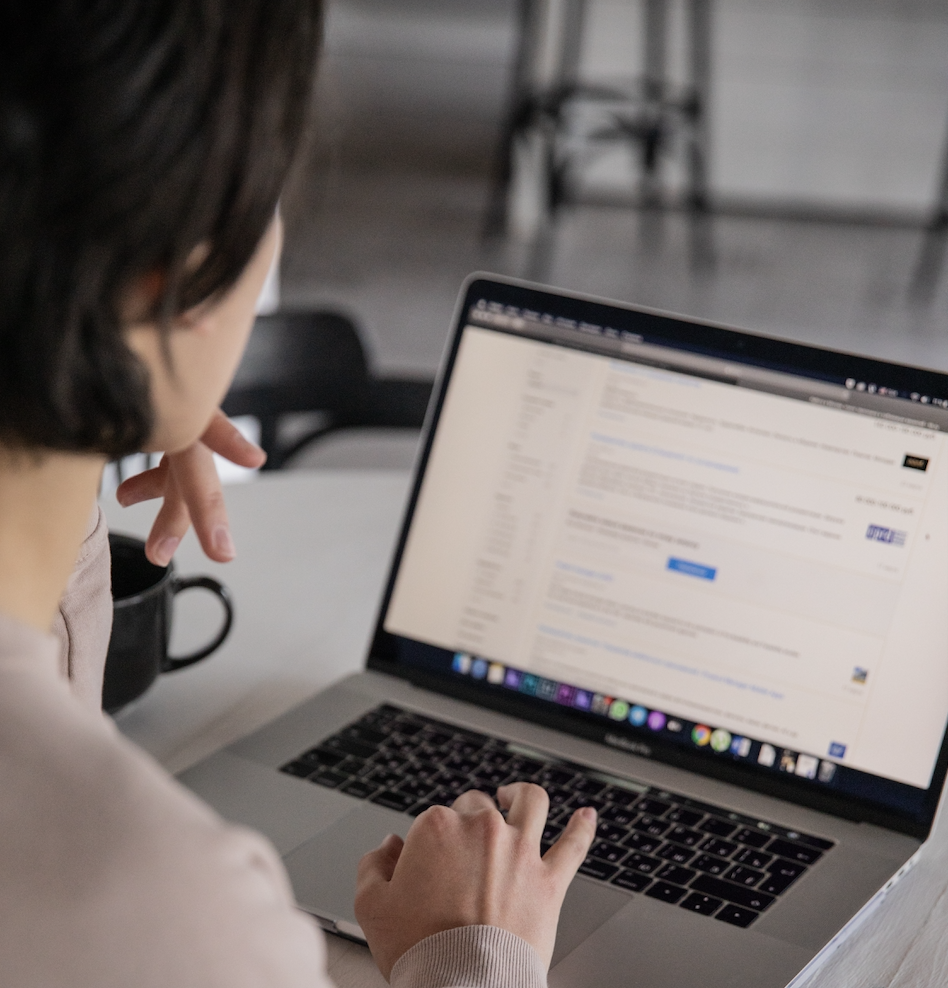Are you tired of trying to rank for the two or three-tail high-competition keywords as your competitors? Long-tail keywords could be the answer. What are long-tail keywords and how do they work in search marketing? Let's find
- Home
- Tag: google
SEO and content marketing are made for each other. A lot of people are confused about SEO and content marketing. Neither works well on its own, but, together they are a powerhouse for internet marketing. Let’s take a quick
Here’s a little known secret: many people are afraid to switch their web hosts. But eventually your once state-of-the-art website will begin to lag in performance and speed. However, it is important to be aware of the
Google has revamped Search Ads 360, a search management platform, the company announced on February 8th. This update and refresh of this platform includes support for some newer Google Ads features such as Discovery campaigns and Performance Max,
Yesterday Google introduced the new search console URL inspection API. This will give programmatic access to URL-level data for properties you manage in Search Console. According to Google's news release on the topic, "the Search Console APIs
Back again with another Google SEO update, this time regarding continuous scrolling. Google announced they will be updating mobile search in the US with the ability to continuously scroll as more results automatically load. Continuous scrolling to
Google now shows why it ranked a specific search result. The new 'About This Result' feature shows searchers information about some of these most important factors used by Google Search to connect results to their queries. (more…)
Do you feel like your business’s visibility on Google is lacking? If your business isn’t showing up for relevant searches in your area, it’s time to reevaluate your local SEO strategy, specifically your efforts on Google My















